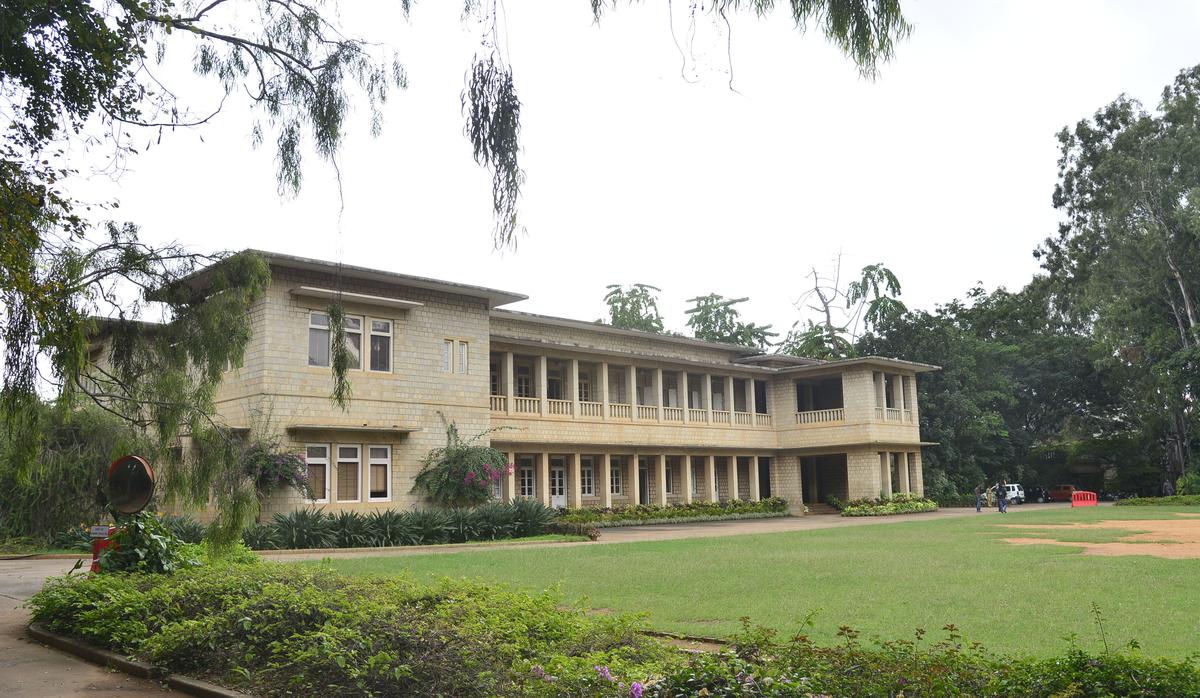- Courses
- GS Full Course 1 Year
- GS Full Course 2 Year
- GS Full Course 3 Year
- GS Full Course Till Selection
- Online Program
- GS Recorded Course
- NCERT (Recorded 500+ Hours)
- Polity Recorded Course
- Geography Recorded Course
- Economy Recorded Course
- AMAC Recorded Course
- Modern India, Post Independence & World History
- Environment Recoded Course
- Governance Recoded Course
- Science & Tech. Recoded Course
- International Relations and Internal Security Recorded Course
- Disaster Management Module Course
- Ethics Recoded Course
- Essay Recoded Course
- Current Affairs Recoded Course
- CSAT
- 5 LAYERED ARJUNA Mentorship
- Public Administration Optional
- ABOUT US
- OUR TOPPERS
- TEST SERIES
- FREE STUDY MATERIAL
- VIDEOS
- CONTACT US
Introducing the ZiG: A Gold-Backed Currency for Zimbabwe
Introducing the ZiG: A Gold-Backed Currency for Zimbabwe

To address the long-standing economic instability in Zimbabwe, the Reserve Bank of Zimbabwe (RBZ) has recently launched a new gold-backed currency called the ZiG.
About the ZiG:
- The Zimbabwe Gold (ZiG) is a new gold-backed currency introduced by the Zimbabwean government.
- The ZiG, which became the 6th currency used in Zimbabwe, has been in circulation since April 5, 2024.
- Key features of the ZiG:
- The ZiG is a unique currency backed by gold reserves, ensuring its value is supported by the physical gold held by the government.
- ZiG notes and coins will be available in denominations ranging from 1ZiG to 200ZiG. The gold backing aims to provide stability and prevent currency devaluation.
Reasons for Launching the ZiG:
- Zimbabwe struggles with high inflation rates, with annual inflation exceeding 500% in recent years.
- The Zimbabwean dollar, introduced in 1980, lost its value due to hyperinflation. Consequently, the country relied on various currencies, primarily the US dollar, leading to limited control over its economy.
- The collapse of the Zimbabwean dollar in 2009, with hyperinflation peaking at 5 billion percent, marked one of the most severe currency crashes in history.
- Banks in Zimbabwe have been converting the previous national currency, the Zimbabwe dollar, into ZiGs to promote simplicity, certainty, and predictability in monetary and financial matters.
Inflation and Its Impact:
Inflation is the sustained increase in the general price level of goods and services in an economy over time. It is typically measured using a consumer price index (CPI), which tracks the average change in prices of a basket of goods and services consumed by households.
Impact of Inflation
Inflation can have both positive and negative impacts on an economy:
Negative Impacts:
- Reduced Purchasing Power: As prices rise, the purchasing power of money decreases. This means that consumers can buy fewer goods and services with the same amount of money, leading to a decline in their standard of living.
- Erodes Savings: Inflation erodes the value of savings over time. If the interest rate on savings is lower than the inflation rate, the real value of savings decreases.
- Uncertainty: High and unpredictable inflation creates uncertainty for businesses and investors, making it difficult to plan for the future. This can lead to a decrease in investment and economic growth.
- Income Redistribution: Inflation can redistribute income from lenders to borrowers. Borrowers benefit because they repay their loans with money that is worth less than when they borrowed it.
- Menu Costs: Businesses incur costs in changing prices, known as menu costs. This can lead to inefficiencies and higher prices for consumers.
- Shoe-leather Costs: Inflation increases the cost of holding money, as people try to minimise their cash holdings. This leads to more frequent trips to the bank and higher transaction costs, known as shoe-leather costs.
Positive Impacts:
- Stimulates Spending: Moderate inflation can stimulate spending and economic growth by encouraging consumers to buy goods and services before prices rise further.
- Reduces Debt Burden: Inflation can reduce the real burden of debt for borrowers, as they repay their loans with money that is worth less than when they borrowed it.
- Flexibility in Labour Markets: Inflation can make it easier for firms to adjust real wages downwards, leading to greater flexibility in labour markets.
Types of Inflation
- Demand-Pull Inflation: Occurs when aggregate demand for goods and services exceeds the available supply, leading to a rise in prices.
- Cost-Push Inflation: Occurs when the cost of production increases, such as due to higher wages or raw material prices, leading to a rise in prices.
Controlling Inflation
Governments and central banks typically use monetary policy tools, such as interest rate adjustments, to control inflation. Fiscal policies, such as taxation and government spending, can also be used to manage aggregate demand and influence inflation.
Must Check: UPSC Coaching Institute In Delhi



